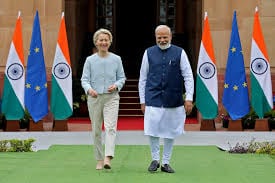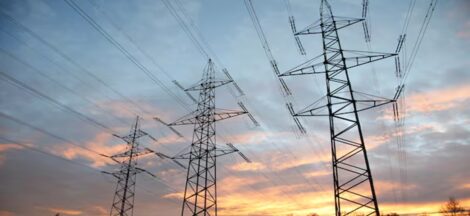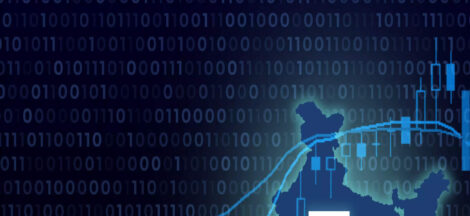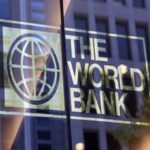NEW DELHI: India and the European Union (EU) have committed to finalizing a long-awaited free trade agreement (FTA) by the end of 2025, marking a significant step forward after years of stalled negotiations. This announcement was made during a meeting between Indian Prime Minister Narendra Modi and European Commission President Ursula von der Leyen in New Delhi on February 28, 2025. Both leaders expressed confidence about the prospects of sealing the deal, which is expected to be one of the largest trade agreements globally.
For over 17 years, the India-EU FTA has been the subject of complex negotiations. Although talks initially began in 2007, they have faced numerous hurdles, particularly concerning tariff issues, market access, and regulations. The breakthrough finally came when negotiations were revived in 2021 after a pause of almost eight years. The momentum towards completion is now being driven by both the changing global trade landscape and the desire to counter rising protectionist policies, especially from the United States.
During the joint press conference following talks, Prime Minister Modi announced that both sides had directed their teams to finalize the FTA by the end of 2025, stressing that a deadline had now been set for the first time in years.
“We have tasked our teams with concluding this mutually beneficial bilateral agreement by the end of the year,” Modi said. President von der Leyen echoed the sentiment, emphasizing the need for a bold and ambitious agreement that would foster economic growth for both sides.
The trade pact is expected to cover a wide range of sectors, from technology and pharmaceuticals to green energy, defence, and innovation. It also aims to address contentious issues such as India’s reluctance to reduce tariffs on certain goods, including automobiles, wine, and agricultural products. In exchange, India is seeking greater market access for its pharmaceutical products and textiles, areas where the EU has long been cautious.
The FTA would significantly impact global trade relations, especially in light of the economic uncertainties posed by rising protectionism. Von der Leyen emphasized the need for greater cooperation, stating, “We both stand to lose from a world of spheres of influence and isolationism, and we both stand to gain from a world of cooperation and working together.” This sentiment highlights the urgency behind concluding the agreement amid ongoing global trade tensions.
While the trade agreement is a major focus, discussions between Modi and von der Leyen also revolved around enhancing security cooperation, particularly in the Indo-Pacific region. Both leaders acknowledged the growing strategic importance of this area, which has seen increasing activity from China. The EU, which has historically maintained a less prominent presence in the region, is now seeking to deepen its engagement with India to ensure regional stability.
In this context, von der Leyen announced that the EU was looking to establish a defense and security pact with India, drawing parallels with similar agreements the EU has with Japan and South Korea. Modi welcomed this development, stressing that India-EU cooperation in defense and security has grown significantly in recent years. “This partnership is a symbol of our mutual trust,” he said, highlighting the areas of cyber security, maritime security, and counter-terrorism as key areas for further collaboration.
Another major area of focus was the issue of connectivity. Modi highlighted the importance of the India-Middle East-Europe Economic Corridor (IMEEC), a critical infrastructure initiative aimed at improving transportation and energy links between India, the Middle East, and Europe. “I firmly believe that IMEEC will drive global commerce, sustainable growth, and prosperity,” Modi remarked, underscoring the transformative potential of the project.
The connectivity initiatives extend beyond physical infrastructure, as both leaders emphasized the need to enhance digital and technological links. The India-EU FTA, if successful, could lay the groundwork for future collaboration in cutting-edge fields such as green hydrogen, electric vehicle technology, and sustainable energy. Both sides also agreed to pursue joint research efforts on emerging technologies like EV batteries and marine plastics, with the aim of advancing shared environmental goals.
The trade pact’s conclusion will be critical for the EU, as it seeks to strengthen its trade relationships in the face of growing geopolitical competition, particularly from the United States and China. The EU has already made significant strides in its relationship with India, which is now one of the EU’s largest trading partners. In 2023, bilateral trade between the two regions reached $137.5 billion, with both sides expecting to see substantial growth in trade volume following the FTA’s implementation.
Source: The Financial Express




 India Needs 7.8% Growth For 22 Years To Be High-Income By 2047: World Bank
India Needs 7.8% Growth For 22 Years To Be High-Income By 2047: World Bank 